1 Provenience. Our 144 pieces make up 1.6% of our 8813-piece grand total. They make up a 2.0% sample of the specimens excavated by Larichev.
2 Species. The most common groups in our 144 pieces are: goat-sheep (66.7%), reindeer (25.0%), and horse (8.3%) (Table A1.2, site 14). Compared with the pooled assemblage averages, Malaya Seeya has no big mammal, bison, hyena, mammoth, and indeterminable; and more goat-sheep, horse, and reindeer.
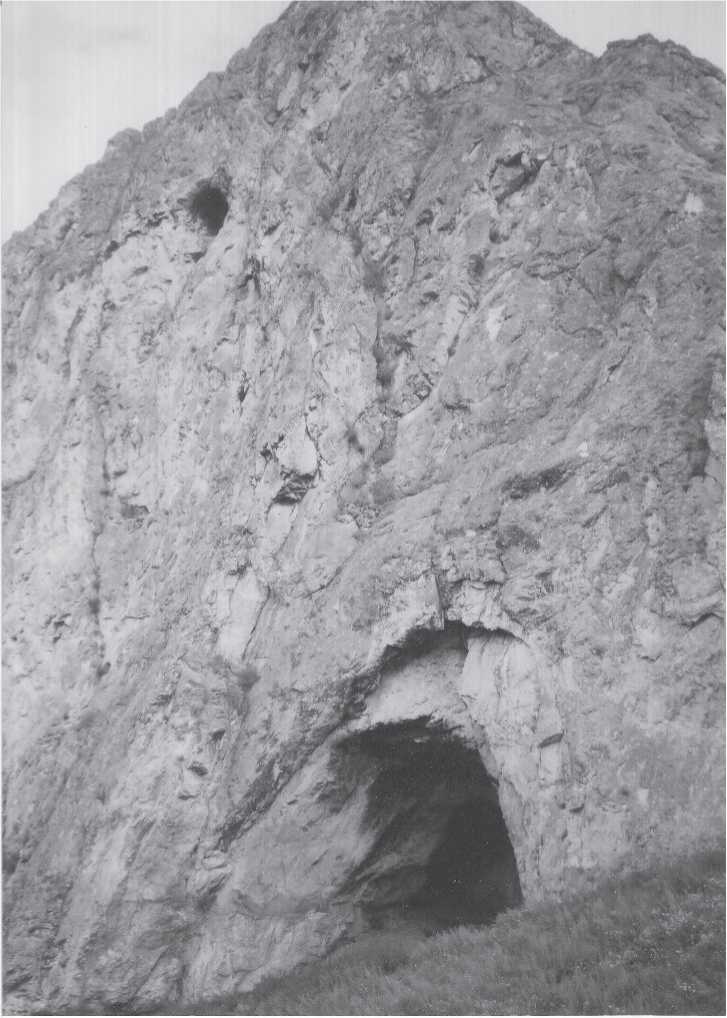
Fig. 3.68 Tokhasky Grotto. From the mountain summit to the Seeya River is a nearly vertical drop in this massive limestone cliff. Ovodov tested this cave in 1975, finding hyena, horse, bison, and rhinoceros bones (CGT color Tokhasky 7-22-00:20).
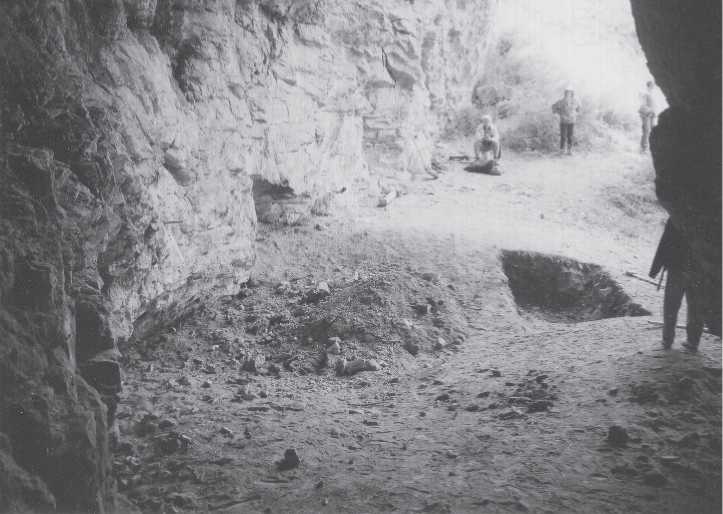
Fig. 3.69 Inside Tokhasky Grotto. About the size of Dvuglaska cave (Fig. 3.16), this cavern differs in
Being difficult to access and hard to reach water from. These conditions - difficult access and no water - match those of the Razboinich’ya hyena cave. Left to right: Nicolai Ovodov, Elena Popkova, Nicolai Martynovich, and Olga Pavlova to the right of the 1 x 2 m test pit (CGT color Tokhasky 7-22-00:18).
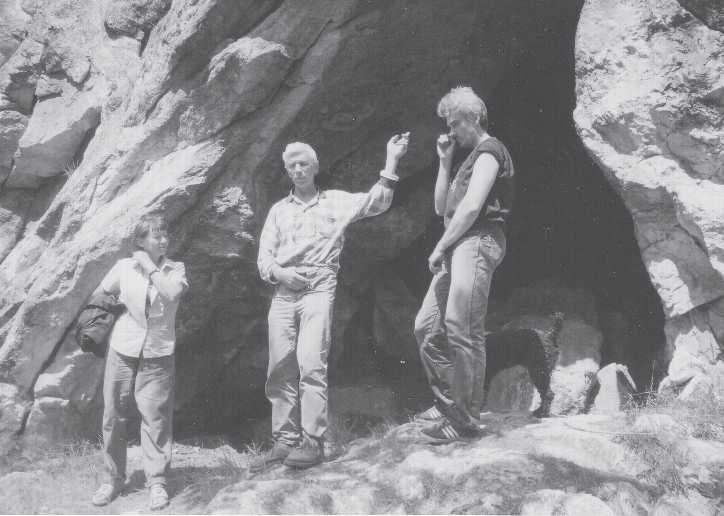
Fig. 3.70 Proskuryakov Grotto. Another hyena cave high above the Seeya River. Tested also in 1975 by Ovodov, a few stone flakes, hyena, bison, horse, and other Pleistocene animal bones, and a carbon-14 date of 46 000 BP were obtained. Left to right: Olga Pavlova, Nicolai Ovodov, and Nicolai Martynovich (CGT color Proskuryakov 7-21-00:16).
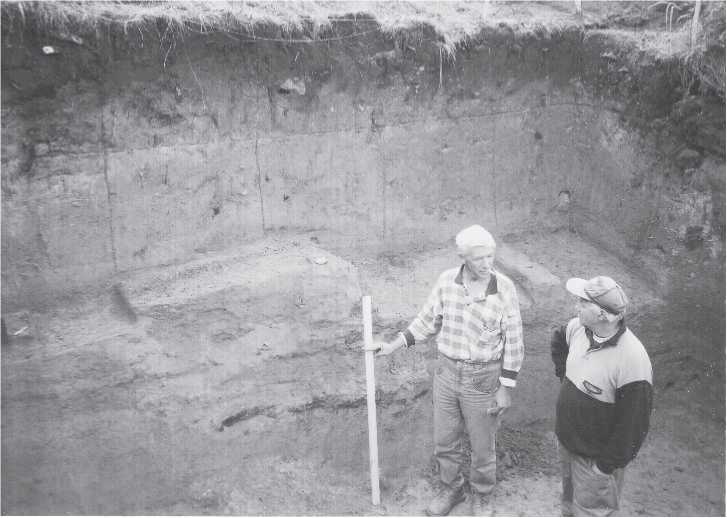
Fig. 3.71 Malaya Seeya excavation. This open hillside site was originally tested in 1975 by Nicolai
Ovodov (left) after learning fTom brickmakers that they had found bones and stone artifacts while digging clay. During our visit it was being re-examined by Yuri Kholyushkin (right). Sticky loessic clay underlies the darker near-surface Holocene layer. A large stone flake remains in situ near the top of the white stick that Ovodov holds in his right hand. Situated high above and back from the Seeya River, the site location is reminiscent of the Dry Creek site in Alaska, which had a good view overlooking the river valley it was in, was in a relatively warm location, and probably had regular hillside winds that would have blown mosquitoes away (CGT color Malaya Seeya 7-21-00:17).
3 Skeletal elements. The most common skeletal elements in the 144 Malaya Seeya pieces are: long bone (50.0%), metapodial (17.4%), rib (9.7%), and mandible (4.2%) (Table A1.3, site 14). Compared with the pooled assemblage, Malaya Seeya is low or lacking in humeri, radius, foot, toe, and unknown; and has more long bone and metapodials.
4 Age. There are only 0.7% sub-adults represented in the 144 Malaya Seeya pieces (Table A1.4, site 14). This is several times less than the pooled assemblage average.
5 Completeness. Malaya Seeya is a very incomplete assemblage by this criterion, there being no whole bones, 9.0% with one anatomical end, and 91.0% with no anatomical ends (Table A1.5, site 14). Compared with the pooled assemblage, Malaya Seeya completeness is much lower.
6 Maximumsize. The 144MalayaSeeyapieceshaveameansizeof8.3cmandarange of 3.2 cm to 30.8 cm (Table A1.6, site 14). These values are nearly identical to those of the pooled assemblage. Compared with undamaged long bone lengths provided by Vera
Gromova (1950: table 27) for goat-sheep and reindeer, Malaya Seeya’s upper range limit is similar. Undamaged horse long bones are generally larger.
7 Damage shape. This variable was not scored for Malaya Seeya because it was being formulated at the time of our examination in 1999.
8 Color. For an open site, the 144 Malaya Seeya pieces include somewhat fewer ivory colored specimens (90.3%) than do other open sites. It also has four black pieces (2.8%) and some brown and white (Table A1.8, site 14). Compared with the pooled assemblage, Malaya Seeya has almost the exact same number of ivory, and three times the number of black and brown colored pieces. Because it is an open site subject to staining by soil conditions, we think all the brown and black pieces are stained.
9 Preservation. Like bone from other open sites, the 144 Malaya Seeya pieces have a relatively low occurrence of ivory hard specimens (84.7%), and a relatively large occurrence of chalky pieces (15.3%) (Table A1.9, site 14). Compared with the pooled assemblage, Malaya Seeya has slightly more ivory, and slightly fewer chalky pieces.
10 Perimortem breakage. Almost all of the 144 Malaya Seeya pieces have perimortem breakage (Figs. 3.72-3.74). Only 0.7% do not (Table A1.10, site 14). Compared with the pooled assemblage, Malaya Seeya has more perimortem breakage.
11 Postmortem breakage. The amount of postmortem breakage in the 144 Malaya Seeya pieces is 11.1%, which is somewhat less than the average for the pooled assemblage (Table A1.11, site 14).
12 End-hollowing. There is almost no end-hollowing (0.7%) in the 144 Malaya Seeya pieces (Table A1.12, site 14). This is more than ten times less that the average for the pooled assemblage.
13 Notching. More than 10% (11.3%) of the 144 Malaya Seeya pieces have 1-3 notches. One notch is most common (Table A1.13, site 14). Compared with the pooled assemblage average, Malaya Seeya has somewhat less notching.
14 Tooth scratches. Not quite 5% (4.2%) of the 144 Malaya Seeya pieces have 2-4 tooth scratches (Table A1.14, site 14). Compared with the pooled assemblage average (20.6%), Malaya Seeya has almost five times less scratching.
15 Tooth dints. Similar to scratches, Malaya Seeya has 4.9% of its 143 pieces with tooth dints. There are fTom one to more than seven dints per piece (Table A1.15, site 14). Compared with the pooled assemblage average, Malaya Seeya has five times less dinting.
16 Pseudo-cuts. There is only one piece with pseudo-cuts (0.7%) in the 144 Malaya Seeya pieces. It has six cuts (Table A1.16, site 14). Compared with the pooled assemblage average, Malaya Seeya has much less pseudo-cutting. Thus, this variable and the other four that are carnivore indicators show that carnivores had damaged some of the Malaya Seeya bone refuse, but not very intensively. We feel that this modest amount of damage better fits the damage pattern suspected of wolves or small bears rather than hyenas.
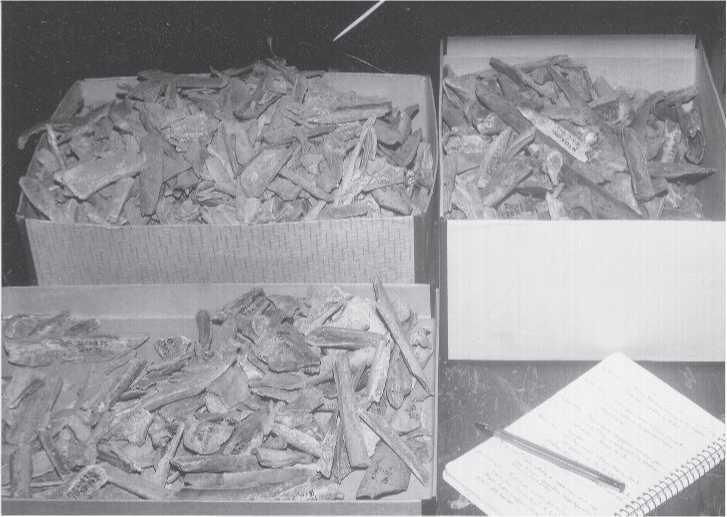
Fig. 3.72 Malay Seeya bone refuse. This open hillside site produced a large fauna collection, although
Preservation was not good, as was the case for a contextually similar site far to the east, Varvarina Gora. These three of several storage boxes contain artiodactyl pieces, collected and identified by Ovodov in 1975. Many, if not most, of the pieces of bone fTom this and all other collections examined lacked specific labeling. This is because most of the faunal remains recovered were tiny unidentifiable fragments, even to the expert anatomical eye of Nicolai Ovodov. Many of the fragments we were interested in for perimortem damage were smaller than could be identified. Pencil is 11.5 cm in length (CGT color IAE 8-13-99:35).
17 There are no abrasions in the 144 Malaya Seeya pieces.
18 Polishing. Slightly more than 80% (81.7%) of the 144 Malaya Seeya pieces are polished, which includes 13.4% end, 2.1% middle, and 66.2% middle-end (Table A1.18, site 14). Compared with the pooled assemblage average, Malaya Seeya has about 15% more polished pieces, most being middle-end types.
19 Embedded fragments. Of the 144 Malaya Seeya pieces, 4.2% have one or two embedded fragments (Table A1.19, site 14). Compared with the pooled assemblage average, Malaya Seeya is almost identical.
20-24 Tooth wear, acid erosion, rodent gnawing, insect damage, and human bone. None of these variables are present in the 144-piece Malaya Seeya assemblage.
25 Cut marks. Malaya Seeya has 13.9% of its 144 pieces showing from one to more than seven cut marks (Table A1.25, site 14). Compared with the pooled assemblage average (7.6%), Malaya Seeya has almost twice the number of cut pieces.
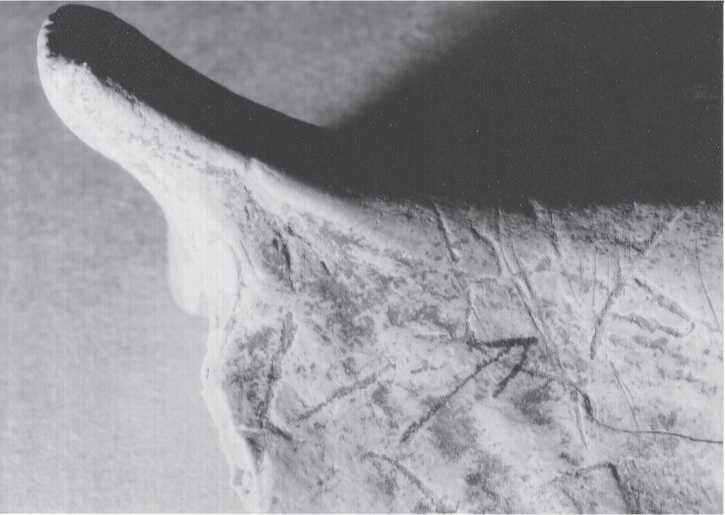
Fig. 3.73 Malaya Seeya bone damage. Butchering cut marks near reindeer mandibular condyle, plant root damage is moderate. Actual width of image is 3.3 cm (CGT neg. IAE 8-11-99:32A).
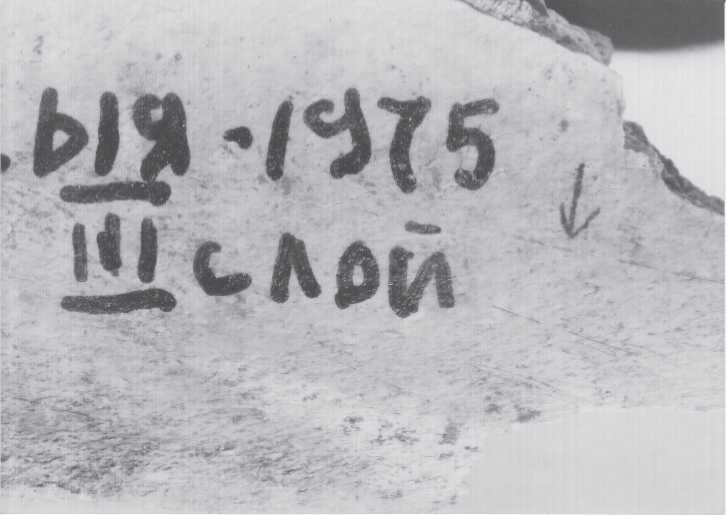
Fig. 3.74 Malaya Seeya bone damage. Goat-sheep-capra scapula with cut marks at arrow. Actual width of image is 3.3 cm (CGT neg. IAE 8-11-99:29A).
26 Chop marks. Only one (0.7%)ofthe 144 Malaya Seeya pieces had been chopped. This single piece has two chop marks (Table A1.26, site 14). Compared with the pooled assemblage average, Malaya Seeya has less chopping.




 World History
World History









